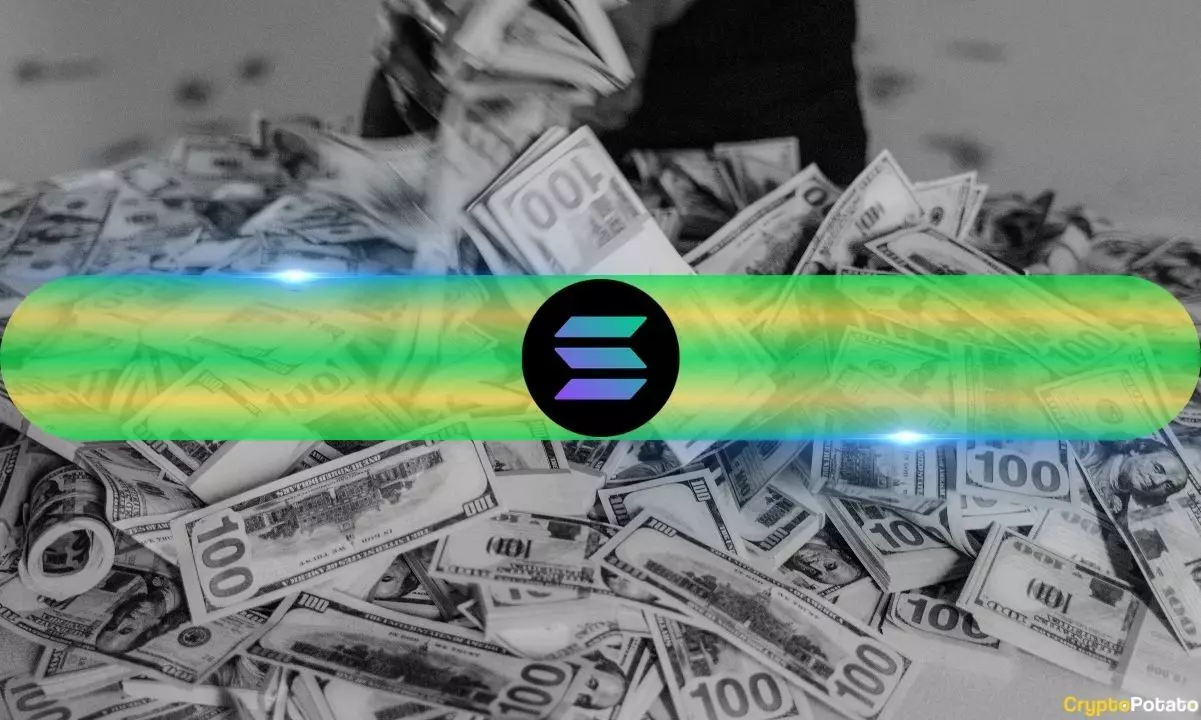For years, Bitcoin and Ethereum have enjoyed unchecked dominance in the cryptocurrency universe, becoming the focal points for institutional money and retail investors alike. Their well-established ecosystems, combined with widespread ETF approvals and corporate holdings, created a sense of security and maturity that other altcoins could not match. However, this dominance is currently showing signs of fatigue, and a seismic shift is quietly brewing on the horizon. Solana, often dismissed as an underestimated and volatile network, now stands poised to challenge the status quo, fueled by increasing adoption, innovative applications, and an emerging institutional interest that could dramatically reshape the landscape.
Why should this matter to the center-right liberal thinker? Because it signals a fundamental change in how assets—particularly disruptive, technology-driven assets—are perceived and integrated into the traditional financial system. Unlike Bitcoin and Ethereum, which have become somewhat hegemonic, Solana offers a unique combination of high-performance technology and strategic real-world integrations that could accelerate its rise and provide a compelling alternative for cautious investors seeking growth opportunities without excessive risk.
Institutional Under-Allocation: The Hidden Opportunity
Despite its impressive technical capabilities, Solana remains significantly under-allocated among institutional portfolios. While Bitcoin and Ethereum enjoy equity-like holdings from major firms and ETFs that have cemented their institutional legitimacy, Solana languishes in relative obscurity with less than 1% ownership across reputed firms. This stark under-investment, however, creates a fertile ground for future expansion. It’s the classic case of a sleeping giant: when the floodgates open, the influx of capital could be revolutionary.
Major players like PayPal and Stripe are quietly building on the Solana network. These companies, known for their rigorous risk assessments and strategic decision-making, only get involved when they see genuine value. Their active involvement signals confidence in Solana’s ability to handle real-world, high-volume transactions—something that many critics once deemed impossible for such a volatile blockchain. If the upcoming approval of a Solana ETF materializes, it could serve as the catalyst igniting a wave of institutional demand, similar to what we have observed with Bitcoin and Ethereum but on a faster, more aggressive trajectory.
Technological Advantages: More Than Just Speed
What truly sets Solana apart isn’t just its technical specifications—though they are impressive—but its potential to serve as a practical alternative for enterprises and developers. The network’s high throughput, combined with low transaction costs and robust user activity, positions it uniquely within a market that is increasingly demanding scalable solutions. Networks like Ethereum have struggled with congestion and soaring fees, which hinder adoption for mainstream applications. Solana, with its superior transaction capacity, provides a seamless experience that can handle the demands of everyday commerce, financial applications, and decentralized projects.
Furthermore, Solana’s rising ecosystem, highlighted by active projects such as those led by Stripe and PayPal, indicates a strategic pivot towards real-world utility. This isn’t mere speculation; it’s a sign of genuine technological advancement aligned with mainstream business needs. For center-right ideologies that emphasize pragmatic innovation and supporting robust infrastructures, Solana’s burgeoning ecosystem offers an appealing blend of technological maturity and potential for sustainable growth.
The Financial Mechanics and Future Outlook
Observing the financial landscape, it’s clear that Solana’s unique yields and network efficiency could give it an edge over more established assets. Experts project that treasury companies—entities that hold large reserves of crypto assets—may find Solana’s attractive staking yields (around 7-8%) more compelling than Ethereum’s 3-4%, and vastly superior to Bitcoin’s zero yield. This dynamic allows these treasury reserves to grow faster and generate steadier income streams, which can be reinvested into the network, further fueling adoption and value appreciation.
Despite its smaller market cap, Solana is punching well above its weight by processing more transactions and engaging more users than Ethereum. Its higher volatility, often criticized as a risk factor, can actually work in favor of strategic investors. The heightened fluctuation enables more aggressive accumulation phases and cheaper financing options, fostering rapid growth in treasury holdings and boosting potential returns.
While skeptics may point to Solana’s previous volatility as a danger, a calculated approach can leverage this trait for advantage. Institutional and treasury investors poised to become more active in the network could spark a sustained growth trajectory, challenging the dominance of traditional assets and reshaping crypto investment paradigms fundamentally rooted in resilience, innovation, and pragmatic growth strategies.

